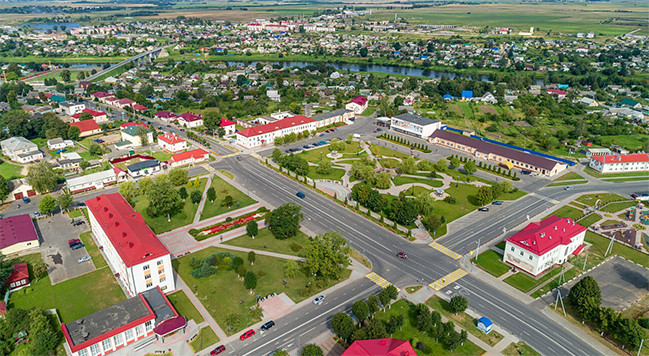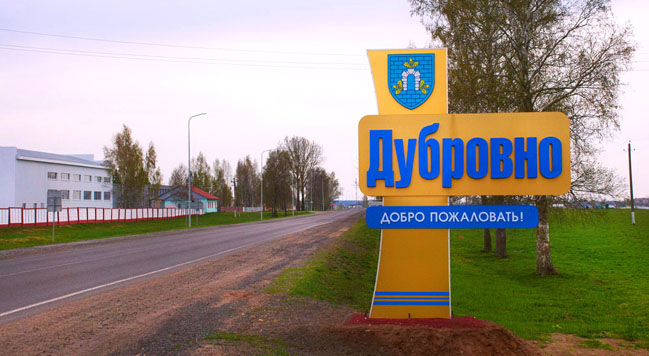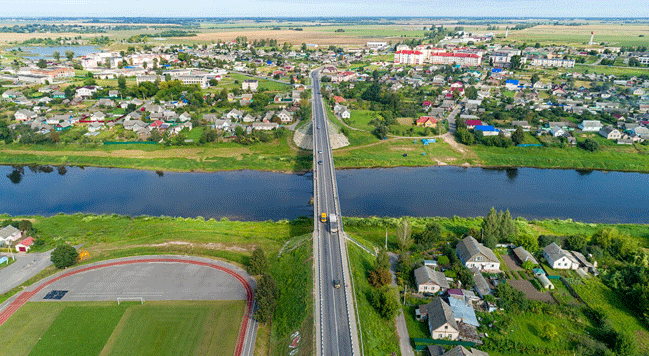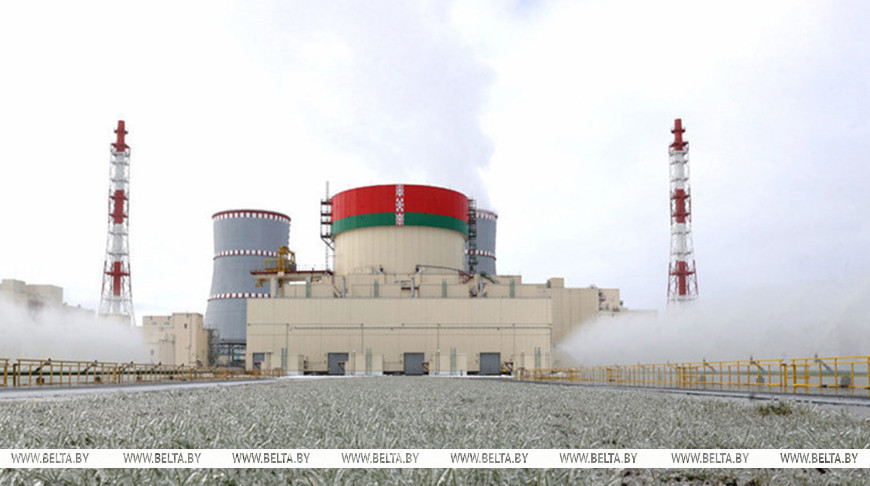DUBROVNO REGIONAL EXECUTIVE COMMITTEE
Address:
18 Komsomolskaya Street, Dubrovno, Vitebsk Oblast, 211587
Phone:
8 (02137) 5-45-01
Fax:
8 (02137) 5-45-25
E-mail:
dubrovno_rik@vitobl.by












BelNPP generates almost 27bn kWh of electricity

The Belarusian Nuclear Power Plant (BelNPP) has generated almost 27 billion kWh of electricity, Belarusian Energy Minister Viktor Karankevich told the media on the sidelines of the Atomexpo International Forum in Sochi on 25 March, BelTA has learned.
Belarus became the first foreign site where Rosatom State Corporation built a nuclear power plant with Generation 3+ water-water reactors. This is the most modern and high-tech project that meets high safety requirements.
“Belarus has joined the world club of states operating nuclear power plants and made a serious step in strengthening its energy sovereignty. We have obtained a reliable source of electricity for decades to come. This allowed our country to reduce dependence on hydrocarbons and stop the import of electricity, as well as to meet the growing demand for electricity from the population and the real sector of the economy, primarily the industrial complex. The project also makes a significant contribution to the common cause of climate change mitigation. Thanks to the BelNPP, greenhouse gas emissions have been reduced by more than 12 million tonnes. This is a significant amount. Since the connection of the first power unit to the unified power grid, about 27 billion kWh of electricity has been generated, which helped replace more than 7 billion cubic meters of natural gas,” Viktor Karankevich said.
Electricity generated by the BelNPP is actively used for heating and hot water supply of housing stock, development of electric transportation, and energy-intensive industries. The BelNPP also gave a powerful impetus to the development of many industries related to nuclear power - industry, science, medicine, and agriculture.
The Atomexpo International Forum is the largest exhibition and business platform to discuss the current state of the nuclear industry and launch its further development trends. The forum is attended by heads of key companies of the international nuclear industry, government agencies, international and public organizations, and leading experts.









